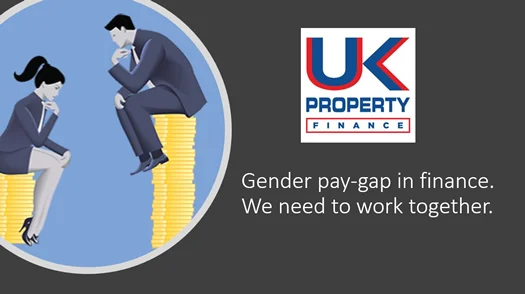Gender Pay Gap in Finance: We Need to Work Together

It’s no secret that the gender pay gap remains an issue for almost every industry and sector in the United Kingdom. Nevertheless, evidence suggests some industries are performing far worse than others, as far as equal pay issues are concerned.
The worst offender of all is the financial services sector
According to the results of a recent joint study carried out by researchers at Queen Mary University of London and the University of Sussex, the gender pay gap in the UK finance sector has shown little to no real signs of improvement over the past 10 years. Despite ongoing pressures from within the sector and external forces, drastic measures may need to be taken to bring things under control.
Immediate and substantial changes are required
Despite moderate improvements to gender-related pay issues over the past decade, progress in the financial sector has been comparatively slow. What’s more, the study also found that female representation at executive levels throughout the industry remains far below the expected level as of 2019.
As a result, experts believe it may be in the interests of UK policymakers to target certain sectors more specifically, with appropriate legislation to tackle the issue. Should the sector be unable or unwilling to make the needed improvements internally, it may be necessary to enforce external measures.
The study noted that the gender pay discrepancy was most notable among the highest earners within the financial sector. At the lower end of the scale, the average gender pay gap from 2009 to 2017 was just under 14%. Right at the top of the pay table, the discrepancy reached almost 57% for the same time period.
On the whole, the researchers found that between 2009 and 2017, female workers in the financial sector earned on average 44% less than their male counterparts. Even when factoring in all additional variables, including experience, expertise, specialist skills, and so on, the study found that women continue to earn around 14% less than men in the financial services sector.
This despite the fact that the nationwide campaign to tackle gender pay issues in the financial sector has now been underway for more than a decade.
Higher pay, bigger pay gap
Speaking on behalf of Queen Mary’s School of Business and Management, Professor of Employment Relations Geraldine Healy highlighted how the gender pay gap grows as the respective female employee climbs the ranks:
“Our analysis shows that, when all other factors such as education, experience, and childcare responsibility are taken into consideration, women earning the highest wages in the sector are subject to more discrimination, and this has decreased only very marginally since before the credit crunch,” she said.
“The irony is that the more successful and better paid the woman, the greater the penalty in pay she suffers compared to her male comparator. In addition, lower-paid women have experienced year-on-year less pay than lower-paid men, with little change since the recession.”
“The sector continues to be seeped in discriminatory practices with respect to pay and unequal treatment favouring men and disincentivising women. The increasing intensity of working hours over the ten-year period has had a negative effect on the gender pay gap.”
“Financial services have undoubtedly introduced and promoted positive diversity initiatives, but these have been undermined at a strategic and operational level, including by discretionary bonuses and increasingly long working hours.”
Ms Healy also suggested that, despite continuous reassurances from financial service providers committed to positive change, external pressures may be the only viable solution.
“Change is unlikely without external pressures, whether from the unions, women’s networks, and pressure groups, but ultimately by the state introducing more stringent statutory regulations, she said.”
